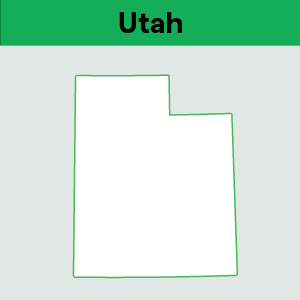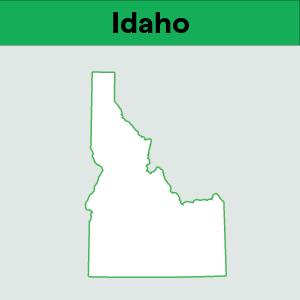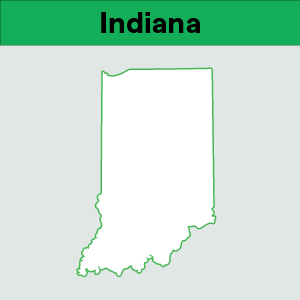Are states getting rid of transaction thresholds?
by April 1, 2025
Tax laws are constantly changing, and that’s especially true when it comes to economic nexus thresholds and sales tax compliance.
Ever since the Supreme Court ruled in South Dakota v. Wayfair that states have the right to require businesses to collect sales tax — even if they maintain no physical presence in a given state — e-commerce tax compliance got more complicated. After the ruling, states created economic nexus, which are thresholds for when a business is required to collect sales tax based on the total number of transactions or total revenue generated.
Some states are removing the transaction threshold
Over the past few years, multiple states have been reviewing the transaction threshold requirements for economic nexus, as there’s a sense they may not be fair to smaller sellers. While each state is different, it’s helpful to look at Colorado as an example of how states are viewing transaction thresholds — and subsequently changing sales tax legislation as a result.
In 2018, Colorado ruled that online sellers have an economic threshold of $100,000 per year in gross revenue, or a transaction threshold of more than 200 separate transactions in the previous or calendar year. (For a state-by-state guide of nexus rules, this guide is worth a gander.)
Colorado’s transaction threshold — and other states with similar thresholds — had the unintended consequence of creating an additional compliance burden for smaller businesses with plenty of transactions (200+), but who may have been selling lower cost items that didn’t add up to a significant stream of revenue. Without the transaction threshold, these same small businesses would not likely ever meet the yearly economic threshold of $100,000. If the purpose of the transaction threshold was to add additional sales tax proceeds to the state’s coffers, it didn’t appear to be working as planned.
That’s why Colorado removed its transaction threshold in April 2019. And they weren’t the only ones. California also removed its transaction threshold in 2019, and at the same time raised its economic threshold to $500,000. Four other states followed suit in 2019 — Iowa, Massachusetts, North Dakota and Washington. Effective in 2021, Wisconsin and Maine both removed their transaction thresholds. In 2023, South Dakota and Louisiana removed their thresholds as well, with North Carolina and Wyoming removing their transaction thresholds in 2024. Utah has voted to remove their 200 transaction effective July 1, 2025.
Keep in mind that some states require sellers to register and file even if they don’t meet certain thresholds, so it’s advisable to seek the help of a tax professional if you have specific questions.
Stay current on compliance
The laws surrounding economic and transaction thresholds change each year, so we’ve created a guide with the most up to date information on what you need to do to stay compliant. It includes not only important sales tax fundamentals, but also regulatory changes you’ll want to be aware of — and trends to be on the lookout for. You can find all that and more on the TaxJar blog.
As you can see, sales tax compliance is challenging. There are so many important details that businesses must be aware of to stay compliant and avoid penalties. TaxJar can make compliance easier, by managing all the different aspects, including keeping you updated on where you have nexus, registering for sales tax permits, and automating sales tax filing and remittance. To learn more about TaxJar and get started automating your sales tax compliance, start a free, 30-day trial today.








